
At a time when submissions are being called for the update of global risk management standards (ISO 31000, globally adopted in 2009) it helps to ask, ‘how global was it, really? Where was it not adopted? Why not?’
Surprisingly, at least initially, one stand out was Germany. We ask ourselves three questions:
- Why did the German Standards authority (DIN) decline to adopt the standard?
- What can we learn from this to apply to the new Global Standards moving forward? and
- Is there anything of relevance to the Humanitarian and Development sectors?
The German perspective is surprisingly relevant to the Humanitarian and Development sectors. As Prof. Dr. Udo Weis, Chairman of DIN (Deutsches Institut für Normung e.V) NA 175-00-04 AA elegantly argues in the interview conducted with TC262, there were two main objections within Germany to adoption of the global standard. The first from Industry and Labour groups, and the second from environmentalists.
But first a side note. In Germany, according to the Professor, the adoption of standards is a form of self-regulation by industry groups. But the stakeholders are much broader and all have a veto. Explicit consensus is a must and was not achieved for ISO31000; hence its non-adoption. Decision making is distributed and consensus based. Sound familiar? If there is anything that defines the internal management and external project work of Humanitarian and Development organisations is that leadership and management is diffuse, there is a strong emphasis on stakeholder engagement, and EVERYONE must be on board before a decision can be implemented.
Back to Germany. The framers of ISO 31000 ‘meant no harm’ when they argued that all aspects impacting on the organisational objectives must be considered, and relative merits balanced in order to achieve the ‘optimal’ result. But it raised more red cards in Germany than a rugby team attempting to play soccer. Staff safety and the environment are never compromised, therefore there can be no ‘balancing’. It is against the law, and in the opinion of RM4HD – rightly so. [Once again, sound familiar? How many times have we heard that ‘staff safety is paramount’ in Humanitarian and Development organisations?] Hence in Germany, the Labour and Industry groups vetoed adoption due to a concern that implementation would undermine the existing regime, enshrined in legislation of self-regulation of Occupational Health and Safety. Prof. Dr. Udo Weis’ summary of the objection by environmentalists speaks for itself, so I am just going to cut it out and paste it right here:
Also, the environmentalists vetoed. They feared that the wording “Selecting the most appropriate risk treatment option involves balancing the costs and efforts of implementation against the benefits derived, with regard to legal, regulatory, and other requirements such as social protection and the protection of the natural Environment” would allow balancing to take place. It should be borne in mind that there are clear limits in the German environmental legislation. There was fear of opening the gates for subordination of environmental protection under financial conditions.
In short, one does not subordinate occupational health and safety and the environment to profit. The interview continues, and it is a good one. It is worth the time to read it.
A number of key points for consideration by risk management professionals in the Humanitarian and Development sectors, partly addressing the questions given above.
Firstly, the humanitarian and development sector professionals interested in Risk Management must move quickly to ensure that the ethics, ethos and values of Humanitarian and Development organisations are explicitly referred to and protected. A litmus test for success would be the adoption of the revised standard by the German mirror organisation, DIN. Last date for submissions is 25 Apr 17.
Secondly, the criticisms often made of management and decision making processes within Humanitarian and Development organisations may not be entirely fair. Or perhaps culturally blinded. Distributed stakeholders, cross-sectoral engagement, adherence to rules and process, protection of key values and consensus across disparate groups and interests can work. Last time I checked Germany was doing OK.
Thirdly, the good Professor’s wonderful quote at the bottom of the interview. “Bad managers manage problems; good managers manage risk.” It just may become my new motto.
In summary, there is a lot we in the Risk Management sector can learn from the German approach, particularly when it comes to the frameworks within which the environment is a stakeholder, flexibility is maintained, decisions are consensus based, ethos and values are protected, the job gets done and no-one gets killed.
***
Please visit the TC262 website to see what they are up to, and for more information on how to contribute to the global standard review process. Please see the link to the original article here. The text has been cut out and pasted below.
The work of the German organisation DIN may be visited here. We are grateful for the English language option, danke very much. Germans may also contribute to the evolution of Risk management standards in Germany – especially factoring in the needs of development work – by approaching DIN directly.
—–
Risk Management and ISO 31000 in Germany
Interview conducted for isotc262. with Prof. Dr. Udo Weis, Chairman of DIN NA 175-00-04 AA, the German mirror committee to ISO/TC 262
Prof. Dr. Udo Weis was trained as a chemist and later earned a MBA in international business. After working for over 15 years in industry, mostly for the electro technical company ABB as vice president for HSE and sustainability, he joined SRH University Heidelberg Heidelberg as a professor for business engineering. He is currently director of the Steinbeis Institute International business and Risk Management in Heidelberg, Germany and CEO of IFNEK GmbH. Prof. Weis has worked for over 25 years in several national and international standardization committees.
isotc262.org: Prof. Weis you are the chairman of DIN NA 175-00-04 AA, the German mirror committee to TC 262. Can you briefly introduce DIN, Deutsches Institut für Normung e.V., your national standardization organization in Germany, please?
Prof. Weis: DIN is a privately organized non-profit provider of standardization services with nearly 100 years’ experience. More than 32,000 external experts from industry, research, consumer protection and the public sector come together at DIN to develop market-oriented standards and specifications that promote global trade and innovations, assure efficiency and quality, and help protect the environment and society as a whole. More than 70 % of its financing comes from the sales of standards and other technical publications and services offered by Beuth Verlag who is responsible to publish DIN and ISO standards in Germany. Other sources include project funds from industry, public funding and membership fees. In Germany standardization is a form of self-regulation by industry.
isotc262.org: DIN did not adopt ISO 31000 as a national standard – what were the reasons and what does this mean for German organizations operating nationally and for those operating globally?
Prof. Weis: DIN´s nearly 100 years’ experience is based on several principles. For example, DIN tries to integrate all stakeholders into a consensual consensus in the decisions. On the other hand, DIN’s work also means that no decision can be taken against the explicit will of a stakeholder. Thus, each stakeholder has a veto right.
When the decision was taken whether to adopt ISO 31000 as a German standard, two stakeholder groups raised concerns.
One group objecting was the group were the occupational safety represenatives. One must be aware that occupational health and safety regulations in Germany have a tradition of more than 130 yearswith a system of self-administration of the enterprises, thus independent from government or other norms. There was concern that ISO 31000 might adversely affect the self-administration.
Also, the environmentalists vetoed. They feared that the wording “Selecting the most appropriate risk treatment option involves balancing the costs and efforts of implementation against the benefits derived, with regard to legal, regulatory, and other requirements such as social protection and the protection of the natural Environment” would allow balancing to take place. It should be borne in mind that there are clear limits in the German environmental legislation. There was fear of opening the gates for subordination of environmental protection under financial conditions.
A similar discussion had already taken place when considering the adoption of the ISO 14000 series. In that case the industry saw advantages and a consensus formed for adoption. There was no comparable lobby for the risk management standard and therefore is was not adopted.
isotc262.org: What is the basis for risk management in Germany and what is its impact?
Prof. Weis: Risk management really has a broad basis in Germany. In particular, in the KonTraG, a framework law is in force, which obliges companies to assess, record, report, monitor and treat risks. In addition, the annual report of financial statements is a requirement by the tax and financial legislation. Accounting rules and other statutory regulations oblige almost every company to manage risk.
isotc262.org: Who are the key stakeholders of risk management in Germany?
Prof. Weis: That is a difficult question. As already indicated, risk management is everywhere – and nowhere.
Traditionally, and especially through the revisions of the management system standards, the protective functions in companies such as environmental protection, occupational health and safety, quality, data protection, etc. are the most active stakeholders of risk management. Risk management has also established itself in individual sectors for example in health and safety, health care and the financial sector. The different sectors often have their own models and rules. Unfortunately, these are specific solutions and lack a more comprehensive or company level approach.
isotc262.org: What are the biggest obstacles for integrating risk management in all organizational activities for managers in Germany?
Prof. Weis: There is a lack of a superordinated understanding of managing risks with specific and partial solutions instead. The nomenclature also plays a role. Contrary to the English-speaking countries, risk is negatively interpreted in the German language and German managers are afraid to deal with the dark side of the business – the risks. It would be easier to overcome these hurdles with formulations such as “positive risk” or “risk and opportunity”. An example is given here. For a long time, risk management in the hospital sector was an unloved child. Since it was renamed “patient safety”, a noticeable progress is apparent.
isotc262.org: ISO 31000 globally quickly became one of the bestselling and most well recognized standards in ISO. What do you think about the future of the standard – particularly in Germany – and how will it change to adapt to new challenges?
Prof. Weis: I see that the concerns raised by the environmentalists have given way to a more open understanding. One has learned that proactive handling and struggle for the best solution require compromises. The ISO 14000 series is established and environmentalists see the benefits. I expect to see the same with the progress of ISO 45000 for occupational health and safety. However, it should be noted that there is still concern that Germany’s strict national limits and established principles should not be softened by ISO 31000. All members in our national mirror committee understand that risk has to be managed within legal and other requirements and want this clarified for all stakeholders.
Another point for me is the realization that the uncertainty continues to rise. Through the Internet of Things (IoT) and the increasing digitalization, we need a new approach to manage the challenges of the future and the associated risks. The ISO 31000 family provides the right solutions.
isotc262.org: What advice can you give to interested parties in Germany who want to offer their input to the work of ISO/TC 262 and DIN NA-175-00-04 AA and who should they address?
Prof. Weis: We are very happy to welcome further members to our mirror committee. In particular, insurance companies, the financial sector, internationally operating companies as well as experts from practice are very welcome. In particular, feedback on drafts are necessary support for the working group. Interested persons are invited to contact me directly or via DIN to indicate their desire to cooperate.
isotc262.org: Thank you very much!
Prof. Weis: I hope that in the future a saying will be more widely known: Bad managers manage problems; good managers manage risk.
We do not post blogs every day, or even every week. So if you are interested in semi-regular emails from this site as blogs are updated, please feel free to sign up below.







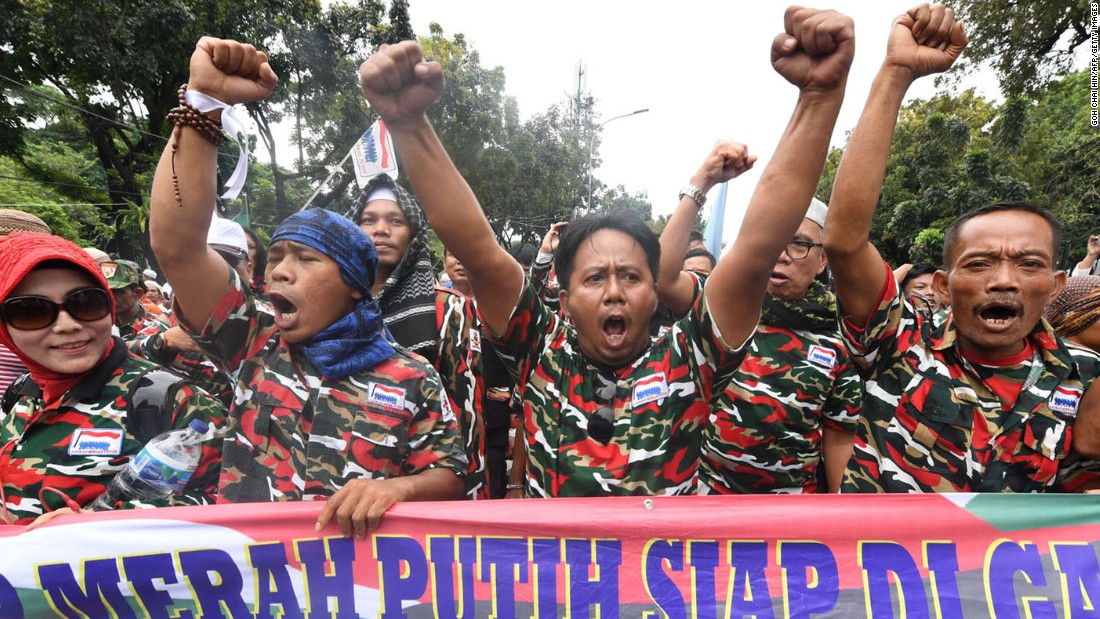



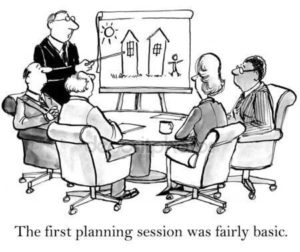
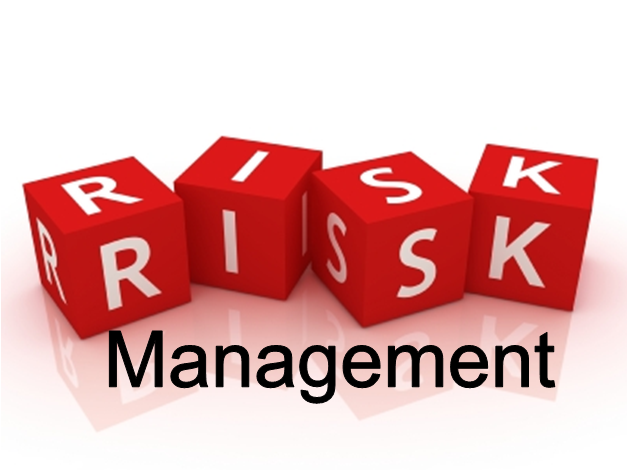


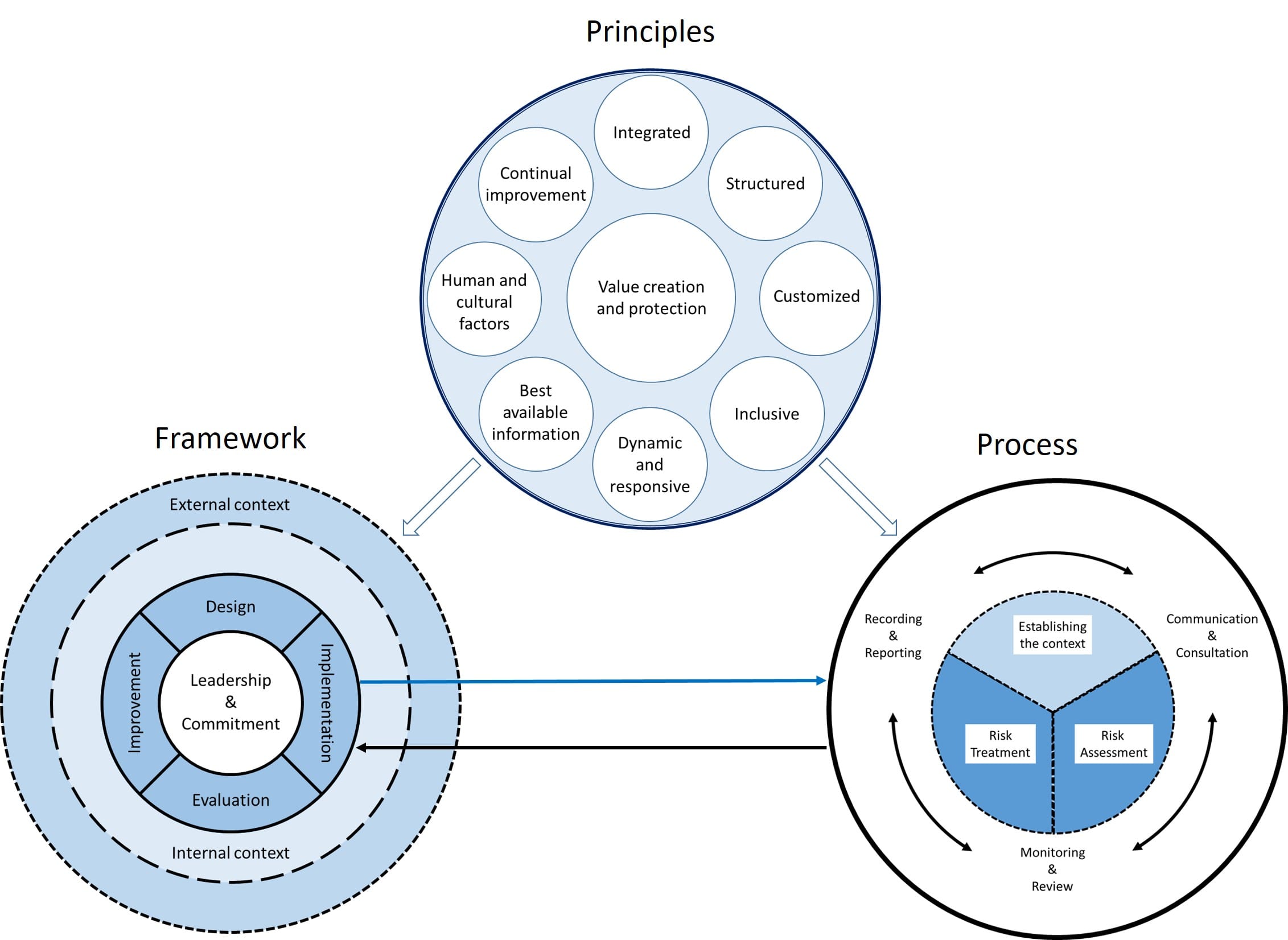

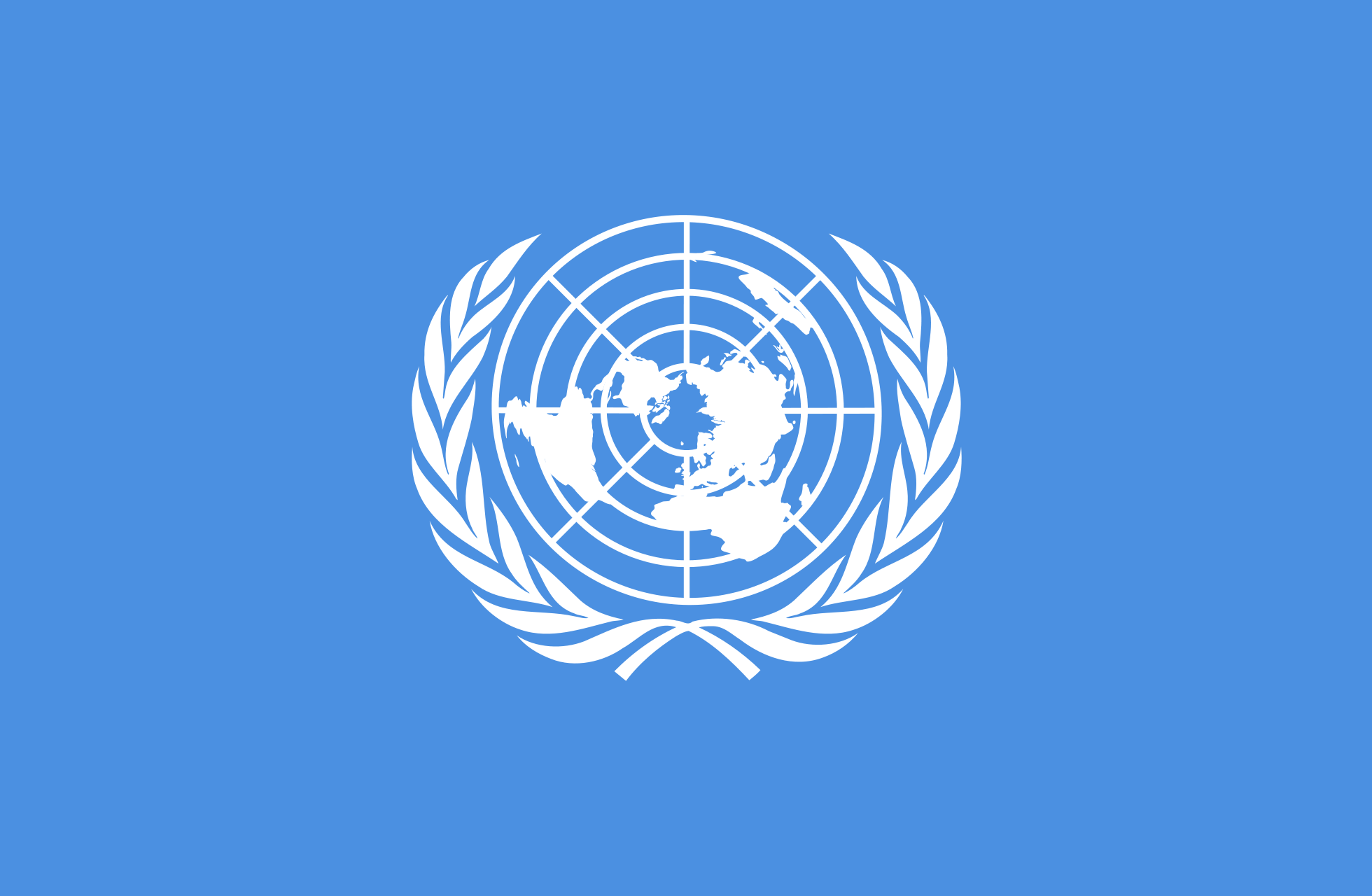
Recent Comments